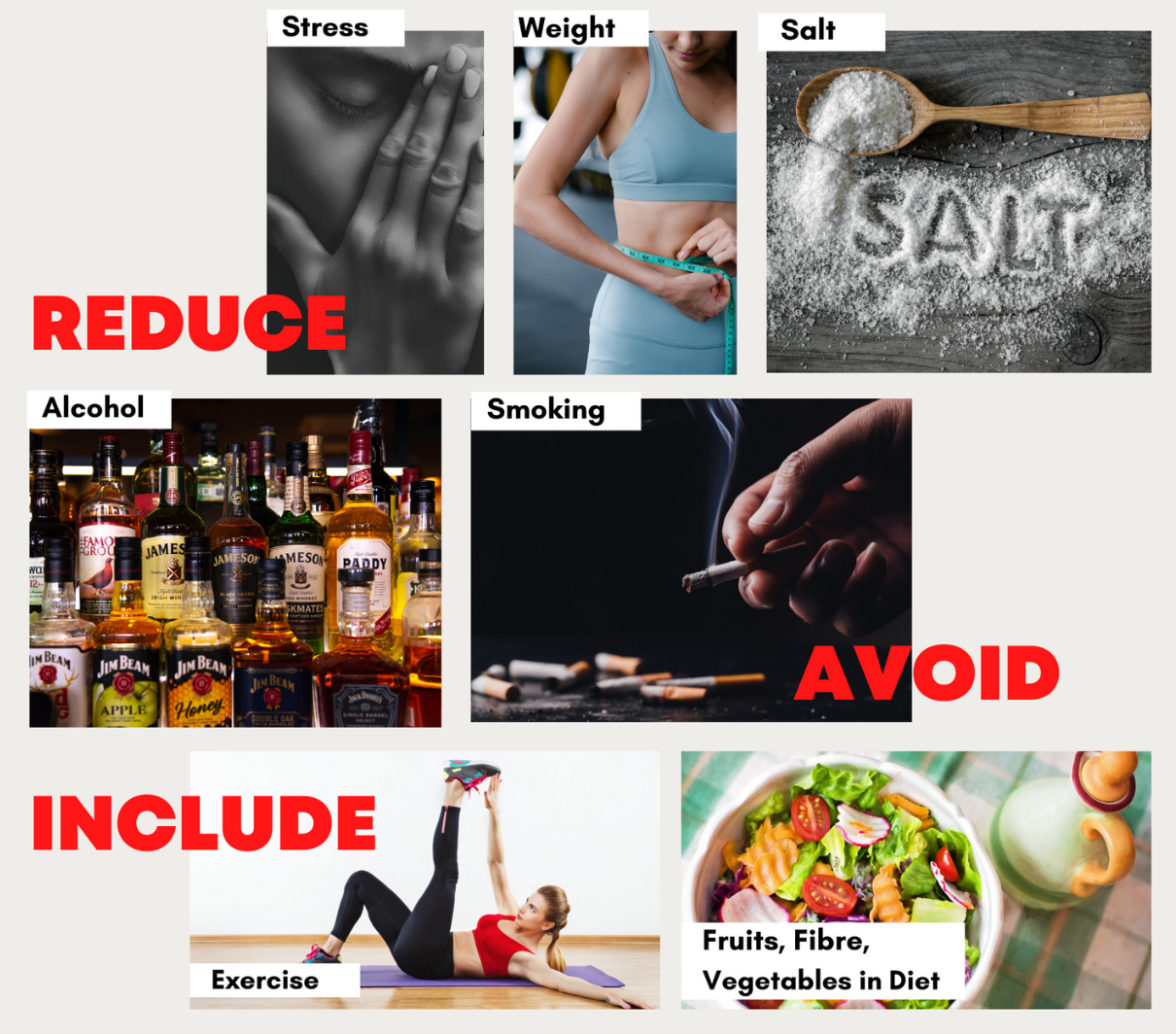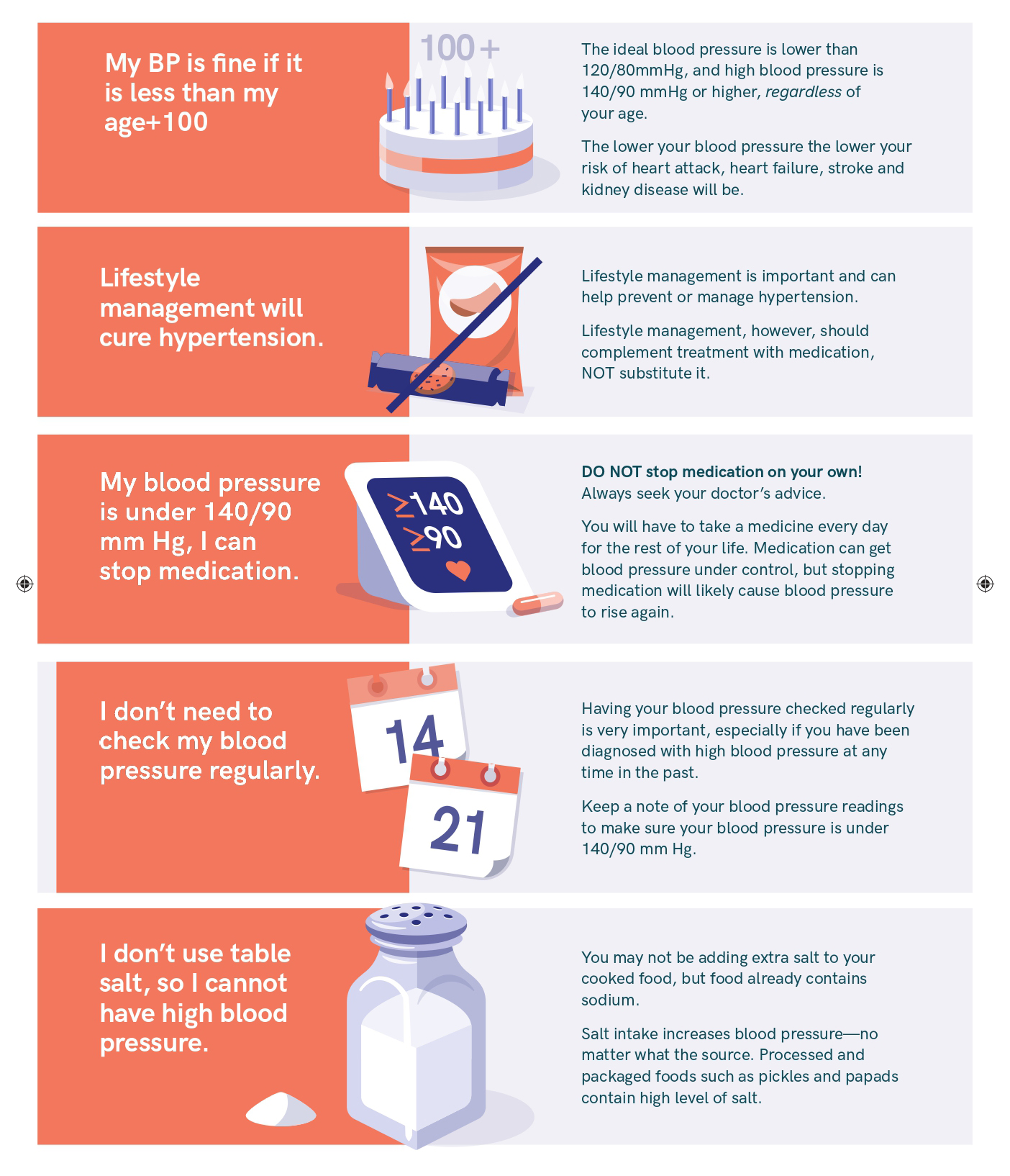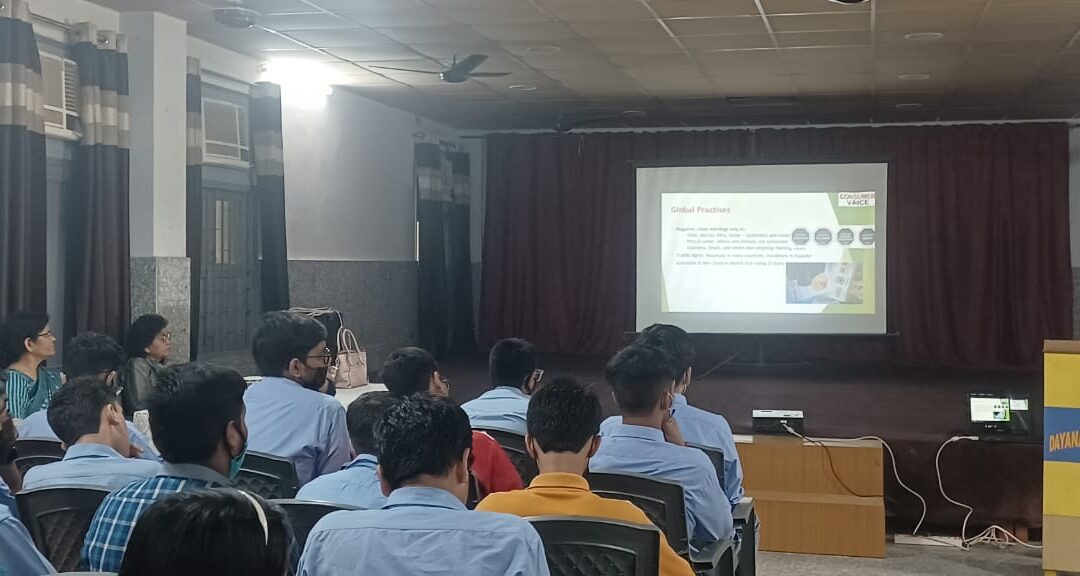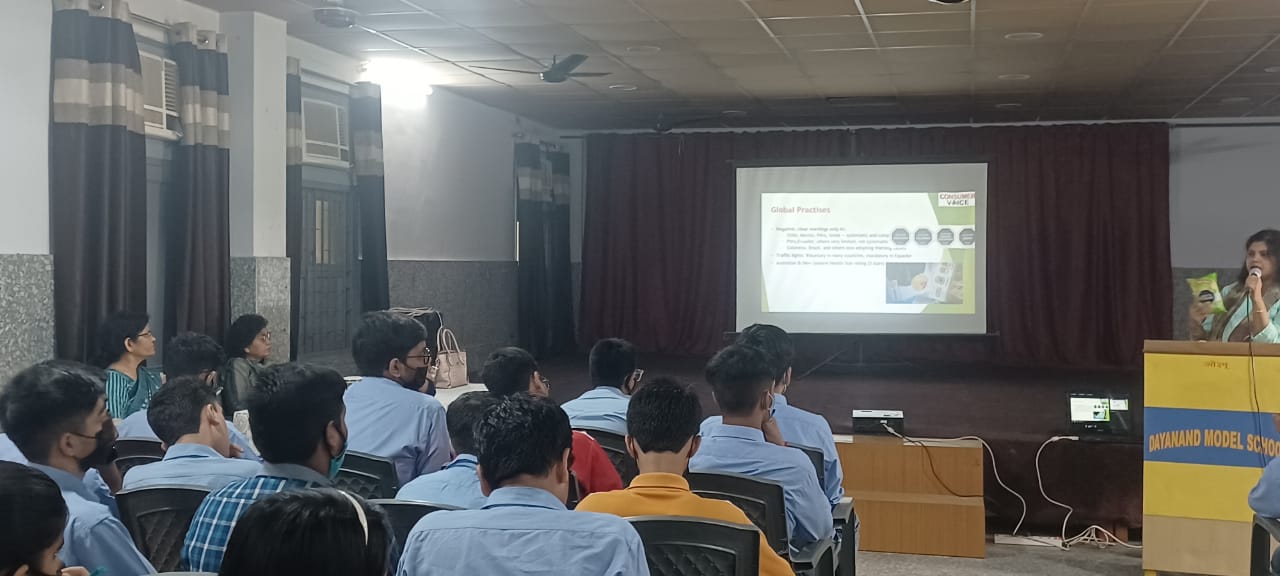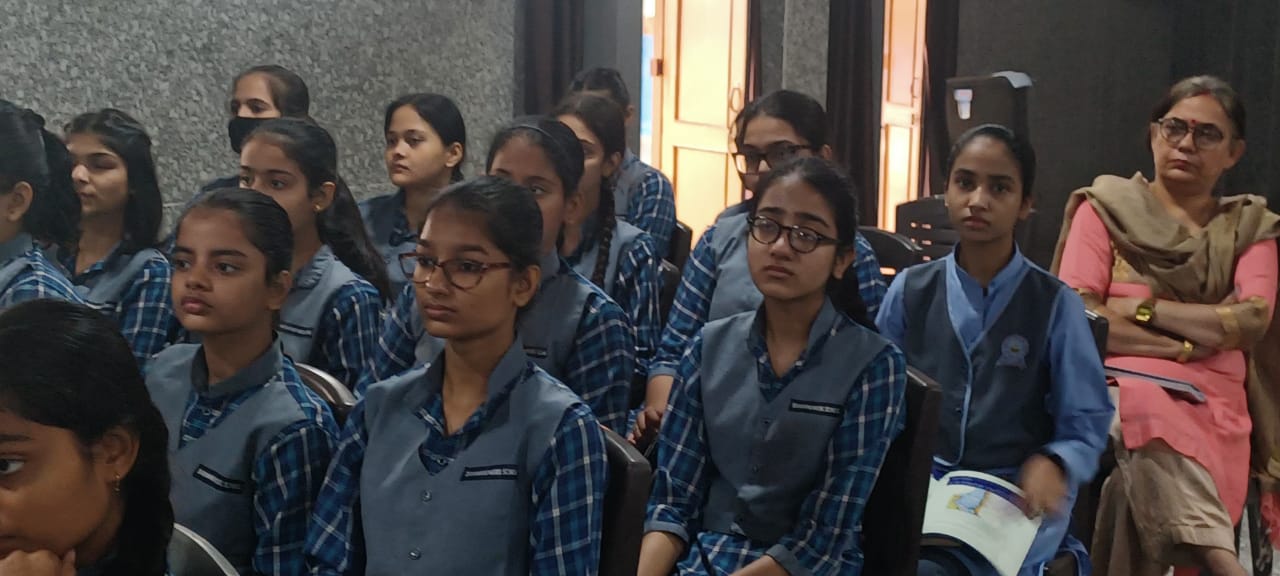Raised blood pressure is among the most important risk factors for CVDs. Moreover, it remains poorly controlled due to low awareness about...

Reducing Alcohol Consumption in India
Reducing Alcohol Consumption in India
In recent years, there has been a continuous increase in per capita alcohol consumption in India. According to a 2018 report by the World Health Organization (WHO), India’s per capita alcohol consumption rose from 2.4 litres in 2005 to 5.7 litres in 2016. This growth can be attributed to factors such as changing demographics, improved living standards, higher incomes, shifting spending habits, and a growing culture of social drinking.
Educating consumers on responsible drinking is the way forward as it is understood that banning and elimination is not the real solution. The issue of excessive alcohol consumption can be addressed by:
1) Educating youth in 18 to 22 years age group by directly engaging with them in professional institutions across the country discussing with them-
- Physiological and psychological impact of excessive Alcohol consumption
- Social and family issues arising out of excessive Alcohol consumption
- Legal consequences of excessive Alcohol consumption
2) Sensitise and educate administrators towards taking various possible initiatives to control excessive Alcohol consumption especially among the youth.
Campaign Update
Seminar on reducing alcohol consumption in Lucknow

VOICE society supported by Consumer Guild and in collaboration with Department of Public Administration, University of Lucknow successfully organised a seminar on “Sensitization of Students about Ill of Irresponsible Drinking” at DPA Hall, Lucknow University campus on 24th April, 2024. The seminar which was presided by Prof. N.L. Bharti-Head Dept. of Public Administration, University of Lucknow was attended by more than 100 students, and faculty members.
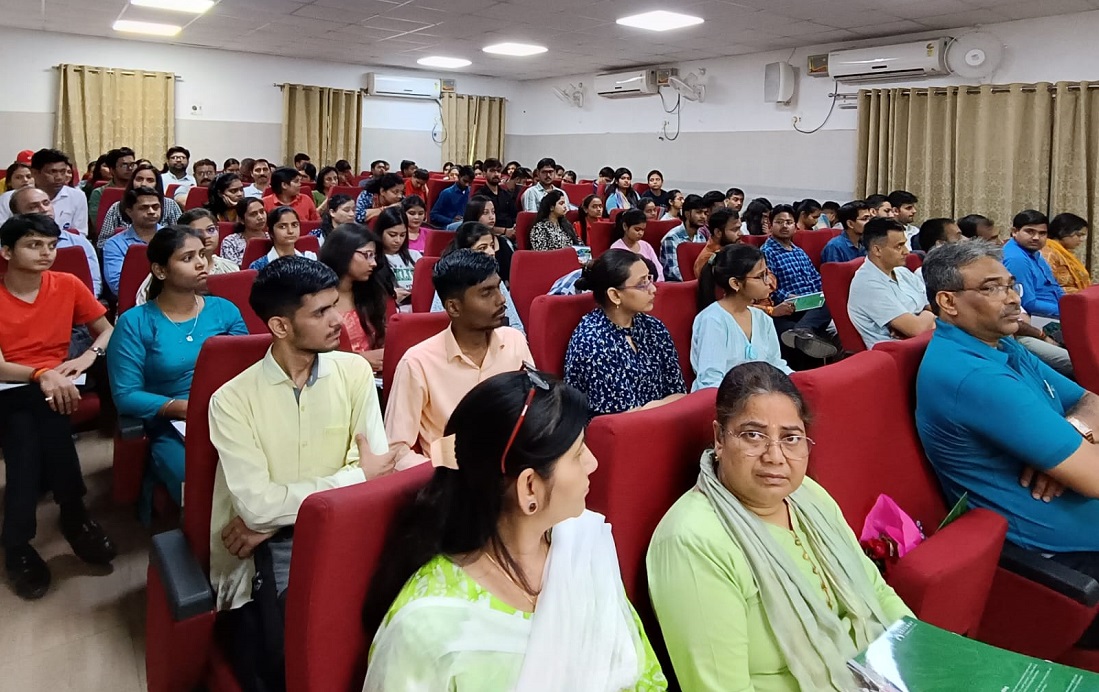
While Hemant Upadhyay (Consumer VOICE) spoke on social issues; Dr. Pravesh Dwivedi (Director-Samarth) on Medical issues and Traffic Inspector Radhey Shyam Singh addressed the students on legal issues on irresponsible drinking
These was a healthy and informative QA session of about 1 hour where the whole audience participated.





























